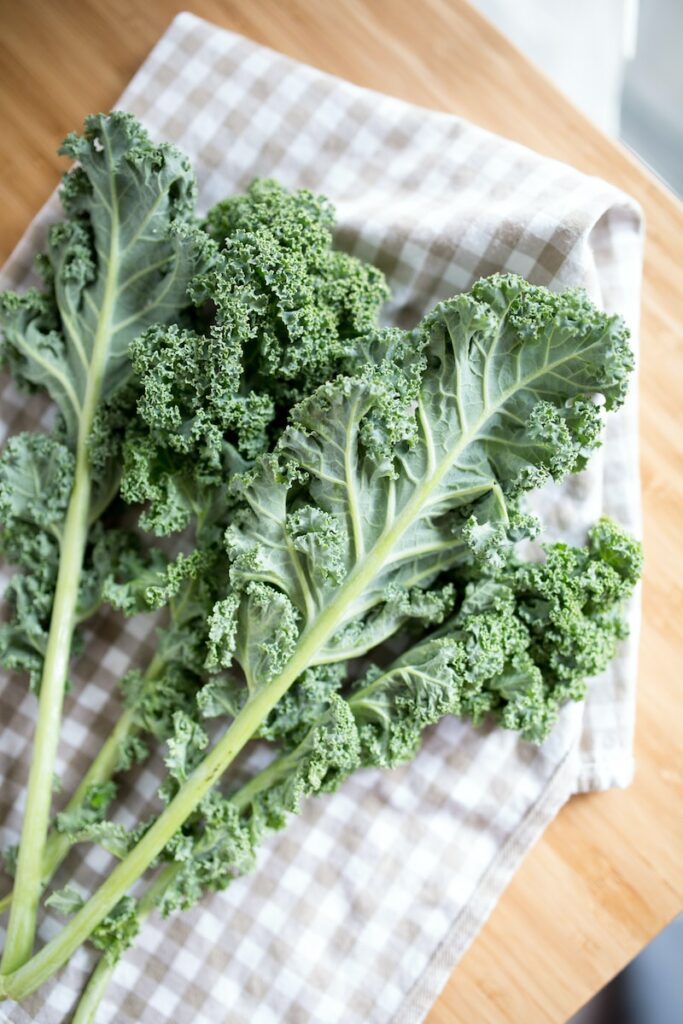“The Best Way to Cook Greens” explores the most effective ways to prepare dark green leafy vegetables, which are known to be highly nutritious. The article highlights the delicate balance between making vegetables more palatable and digestible through cooking while preserving their nutrient content. It discusses the impact of different cooking methods on the retention of key nutrients such as antioxidants, vitamin C, folate, and glucosinolate. Surprisingly, the study reveals that frozen kale actually has a higher antioxidant capacity than fresh kale, and boiling kale doesn’t diminish its antioxidant punch. The article provides valuable insights into the best cooking techniques for maximizing the nutritional benefits of greens, emphasizing the importance of including these nutrient powerhouses in our daily diet.
The Best Way to Cook Greens
Dark green leafy vegetables are known for being some of the most nutrient-dense foods available. But what is the best way to cook greens in order to retain their valuable nutrients? In this article, we will explore the effects of different cooking methods on the nutritional content of greens and provide you with tips on how to maximize their benefits.
Cooking Greens: Retaining Nutrients
The main purpose of cooking greens is to make them more edible, palatable, and digestible. However, cooking can also have an impact on the levels of nutrients and bioactive compounds present in these vegetables, especially the heat-sensitive and water-soluble ones. Despite this, studies have shown that even when greens are boiled for ten minutes, the drop in antioxidant capacity, which is a rough indicator of phytonutrient retention, is not significant. Most of the antioxidant power is retained, and the vitamin C levels, while reduced, still remain high compared to other vegetables.

Specific Cooking Methods for Greens
Different cooking methods can have varying effects on the nutrient content of greens. For example, microwaving and steaming watercress have been shown to preserve more nutrients compared to boiling. Steaming or microwaving has little impact on the antioxidant content of watercress when compared to consuming it raw. On the other hand, boiling watercress for just two minutes can result in a significant decrease in antioxidant levels. Similar findings have been observed for other cruciferous vegetables like red cabbage. Fresh red cabbage is best consumed raw, as cooking methods like stir-frying and boiling can result in a loss of glucosinolates, which are important bioactive compounds. Steaming has been found to have the least impact on glucosinolate levels.
The Impact of Cooking Techniques
The way greens are prepared and cooked can also influence their nutrient content. For example, the surface area exposure of greens during cooking may affect the levels of certain nutrients, such as folate. However, research has shown that thinly sliced kale and kale torn into larger pieces have no significant difference in folate levels. When comparing cooking methods for cabbage and broccoli, heating imroves the antioxidant content of kale, as blanching and steaming have been found to boost the antioxidant capacity. Microwaving and boiling kale, on the other hand, have minimal negative impact on its antioxidant levels.
The Surprising Benefits of Frozen Kale
Frozen kale has been found to have 60 percent more antioxidant capacity than fresh kale. This is contrary to the belief that freezing reduces the antioxidant content of vegetables. However, when frozen kale is cooked, blanching and steaming have been shown to increase its antioxidant content, while microwaving or boiling have little impact. This means that you can boil frozen kale without losing its antioxidant punch.
Conclusion
When it comes to cooking greens, there are various methods you can choose from to retain their nutrients. Steaming and microwaving are generally better options than boiling, as they have been shown to preserve more nutrients. However, the impact of cooking methods can vary depending on the specific vegetable and nutrient involved. Frozen kale is a unique case, as it has been found to have higher antioxidant capacity and can be cooked without significant loss of antioxidants. By understanding the effects of different cooking techniques on the nutrient content of greens, you can make informed choices to maximize their benefits in your diet.


